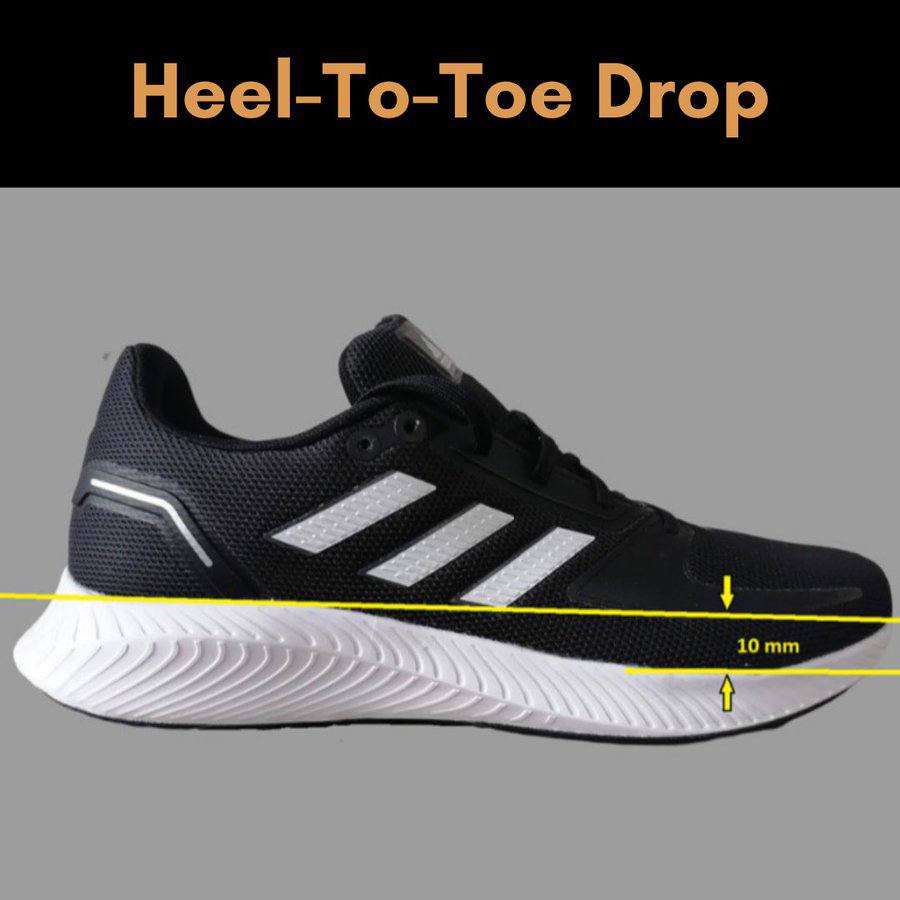There’s this idea floating around the running world that shoe drop – the height difference in the sole from the heel to the toe, also known as Heel-Toe Drop (HTD) – might play a role in how we run. But here’s the thing, man: running shoes come with a whole entourage of over 20 different features, and any one of them could be pulling the strings behind the scenes of your running biomechanics.
The goal of this review right here is to create a kind of playbook that outlines how shoe drop might call the shots on your running form.
A dozen studies made the cut for this review. The shoe drop in these studies ranged all over the map from -8 to 16mm, and here’s the real kicker: none of these variations seemed to move the needle on ground contact time, flight phase, or stride length and frequency. There’s a bit of a quarrel about the evidence suggesting that the only time your footstrike pattern starts favoring the forefoot is when the shoe drop hits rock bottom at 0, compared to a drop of 8-10mm.
Looking at the big picture, the data pretty much yells that shoe drop values don’t put a dent in the movement of your ankle, knee, or hip. There’s a more solid case suggesting that switching up the shoe drop doesn’t tweak ground reaction forces either. There was this trend, though: a lower drop seemed to pump up the vertical load rate. But no matter how the shoe drop values were shuffled, not a single joint function measure even flinched.
So, the takeaway? It’s not just about the shoe drop, man. You’ve got to consider the whole shoe package when it comes to how it might shape your run.


Leave a Reply